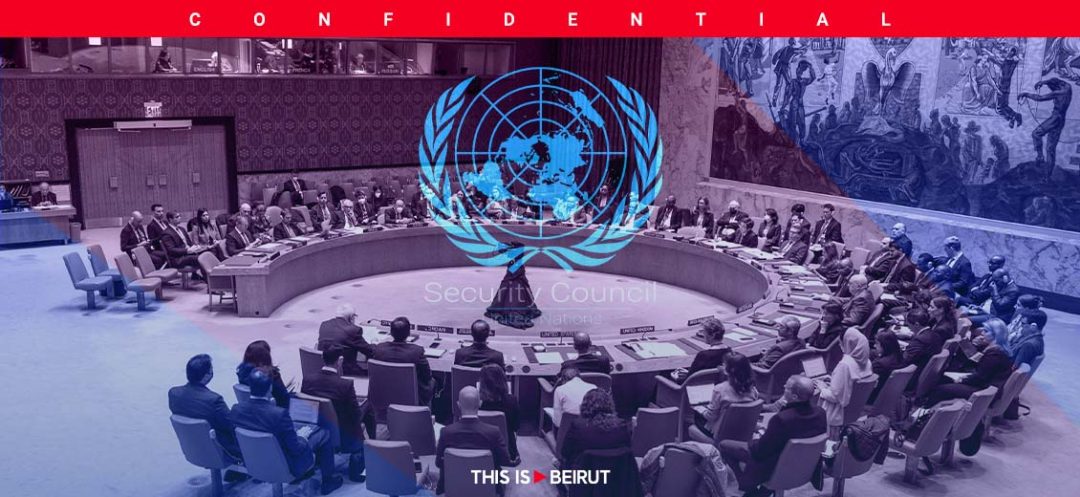The talks that Ismail Haniyeh, head of Hamas’s political bureau, held with the Iranian leadership in Tehran recently exposed the depth of the discrepancies within the Islamist movement’s leadership after the UN Security Council passed Resolution 2728 calling for an immediate ceasefire in Gaza.
The Iranian officials have reportedly stressed before Haniyeh the necessity for Hamas to seek an end to the fighting in Gaza and to engage positively in facilitating the truce negotiations. In parallel, Iran is seeking to align the leaders of the other factions that revolve around its “axis of resistance.”
According to certain information, Iran and Haniyeh are working on potential concessions to facilitate a ceasefire in Gaza. However, Hamas’s leadership in the Gaza Strip, led by Yahya Sinwar, is opposed to making concessions to Israel and demands a comprehensive agreement, not a piecemeal one. They argue that Hamas is negotiating from a position of strength and has the right to impose its conditions.
In the meantime, Iran is trying to arrange the matter in messages to US President Joe Biden’s administration, assuring it of its commitment to a ceasefire ahead of the US presidential election in November.
In a message that Ismail Qaani, commander of Iran’s expeditionary Quds Force in the Islamic Revolutionary Guard Corps, conveyed to Hezbollah, the party was instructed “not to respond” to Israel’s transgression of the so-called “rules of engagement,” because Iran does not want war or to expand the fronts against Israel. Iran is actually trying to “sell” this position to the Biden administration, in order to be spared in the event of a larger-scale war. But Iran’s stance is bound to cause complications and problems for Hezbollah, which, at the same time, cannot ignore or reject its “master’s” position.





